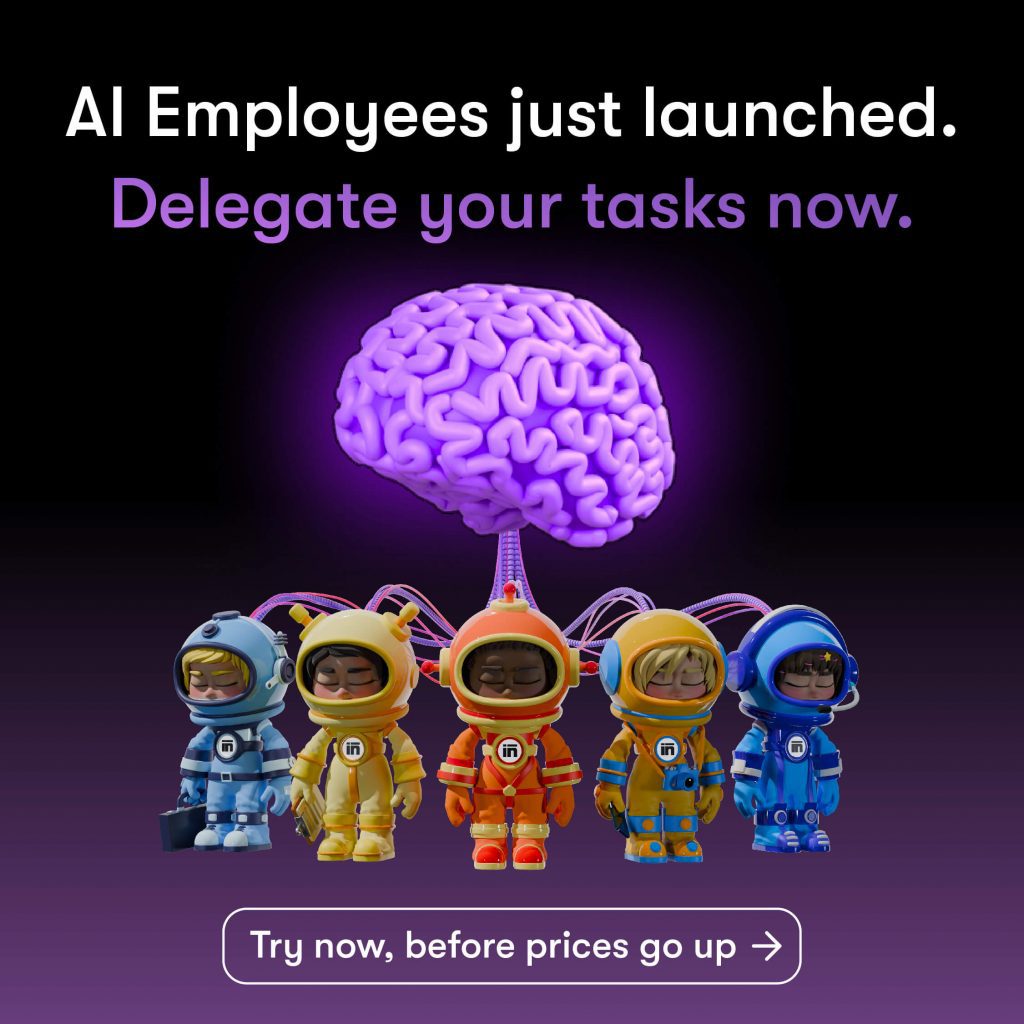
Workdays rarely fall apart in dramatic fashion. More often, they unravel quietly — a late reply here, a forgotten task there, a small misalignment that snowballs by noon. Most people don’t notice the collapse until they’re buried under it. But when you step back and observe how modern work actually functions, you begin to see a pattern: workflows don’t break because people are careless; they break because the system beneath them isn’t built to support real human behavior.
Workplace chaos doesn’t begin with a crisis. It begins with a gap.
When Information Lives Everywhere and Nowhere
Many workflows collapse long before a deadline ever arrives. They fall apart when information ends up scattered across messages, documents, apps, and mental notes. A task gets discussed in one place, clarified in another, and updated somewhere else entirely. By the time someone needs the latest version, nobody is sure where to look.
This fragmentation creates an invisible drain on focus. People spend more time locating information than acting on it. The work becomes a maze instead of a map.
Tools designed for clarity — like the ones built into Sintra — prevent this from happening. When everything sits in one coherent space, people stop searching and start doing. The workflow becomes linear again, not something constantly pieced together.
The Weight of Manual Tasks
Another culprit in workflow collapse is the slow buildup of small, manual responsibilities. Individually, these tasks seem harmless — sending reminders, updating statuses, rewriting the same instructions, tracking the same progress. But collectively, they steal attention. They exhaust the mind with repetition instead of creativity.
Over time, teams begin to confuse “busyness” with productivity. Days become filled with maintenance rather than momentum.
This is where intelligent automation makes the difference. Platforms like Sintra quietly handle these repetitive layers, allowing energy to shift back toward meaningful work. Automation doesn’t replace people; it protects them from the slow erosion of mental bandwidth.
When Communication Becomes Noise
It’s not the lack of communication that breaks a workflow — it’s the overload of it. Messages that don’t need to be sent. Replies sent before reading. Questions asked in three different places because no one is sure where the answer should live.
When communication grows louder, comprehension grows weaker. The signal gets buried in the noise.
Healthy workflows don’t rely on constant messaging; they rely on clear systems. A well-structured workspace makes status updates, responsibilities, and next steps obvious without requiring endless conversation. With the right tools in place, communication becomes intentional again — not a flood, but a flow.

Misalignment That Slowly Expands
A workflow rarely collapses because someone didn’t do their part. More often, it collapses because everyone thought they were doing the right part.
Without alignment, teams move forward with different interpretations of the same goal. It may seem harmless at first — a small misunderstanding, a slightly different direction — but as the work continues, the gap widens. By the time the mistake is clear, it has already cost time, energy, and trust.
Alignment is not a one-time discussion. It is a continuous, visible process. Clear dashboards, structured tasks, and shared priorities — the kinds provided by Sintra — help teams stay synchronized without micromanagement.
The Human Element: Energy, Focus, and Emotion
Workflows aren’t just systems. They are lived experiences. People bring mood, stress, ambition, fatigue, and personal circumstance into every task. Even the best workflow collapses if it ignores the human behind the work.
Burnout sneaks in quietly. When people stretch themselves thin, they begin making more mistakes, responding more slowly, forgetting more easily. The work crumbles because the worker is crumbling.
Supportive systems create smoother days, clearer expectations, and fewer last-minute fires. When people feel steady, their work becomes steady. Tools like Sintra are built around this truth — that the best workflow respects the human who carries it.
How to Fix What’s Falling Apart
Workflows don’t heal through motivation alone. They heal through structure. They heal when information becomes central, when tasks become designed instead of improvised, when communication becomes purposeful, and when people feel supported rather than stretched.
Fixing a workflow means:
- placing everything in one system
- reducing repetitive manual work
- simplifying communication
- aligning goals and expectations
- protecting the energy of the people doing the work
It means replacing chaos with clarity — not through pressure, but through design. When workflows are built to support people rather than overwhelm them, they function quietly, predictably, and in a way that feels genuinely human.
The Beauty of a Workflow That Works
A functional workflow feels like breathing room. The day no longer collapses under unnecessary weight. Teams move with more confidence. Projects unfold without panic. People end the day feeling capable rather than depleted.
When the framework is strong, the work becomes lighter. And when the work becomes lighter, creativity returns.

With platforms like Sintra, workflows aren’t just repaired — they’re rebuilt to support the humans at their center. And once a team experiences that level of clarity and ease, they never want to go back.
Last modified: November 17, 2025








